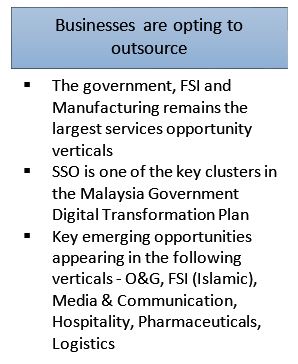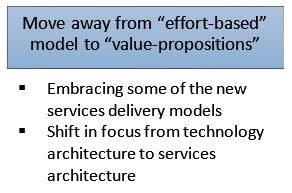Shared Enterprise Services
Sharing common skill sets is one of the ways to optimize operational cost for many organizations. Shared Services is a service delivery model that enables organizations to tap on common skill sets based on sharing. Hence pay a fraction for the skilled resources’ use for the service rendered. Therefore, relieving the organizations from managing human resources risks by outsourcing to experts in the given fields.
In the case of SAP, its enterprise resource planning application is a product that has been in the market since 1972. Given more than 45 years established as a product, the ecosystem ensures the technology know how of SAP is structured and documented. With that kind of soft infrastructure in place, Vantage is able to provide SES business to SAP clients.


Shared Services Outsourcing/Global Business Services Trends – Why People Outsource SAP
- Pressing issues of SAP customers – not so much of speed of implementation, but rather:
- Maintaining current system
- Improving uptake of the system by users
- Configuring existing functionality that is working as desired
- Maintaining master data
- SAP customer support – has degraded/degenerated, added tax to pay for, little value return. Support doesn’t matter, selling new solutions matter; poor English command & conversation
- Shift in internal IT focus – SAP managed hosting allows internal IT personnel to devote themselves to direct business needs, leaving maintenance and servicing of the ERP landscape to their outsourcing partners
- CAPEX to OPEX – This structure also allows the internal organization to move its investment in SAP infrastructure from a capital investment to an expense. The SAP managed-hosting partner bears the responsibility of investing in cutting-edge infrastructure/technology, while the enterprise continues to focus on its core business
- Emergence of cloud computing – organizations now face another decision: “Should we support our SAP solution internally, or outsource support through services like managed hosting and remote administration, so to gain a competitive advantage?”

